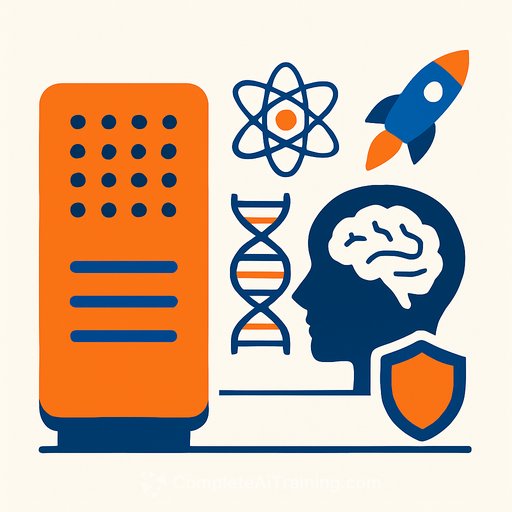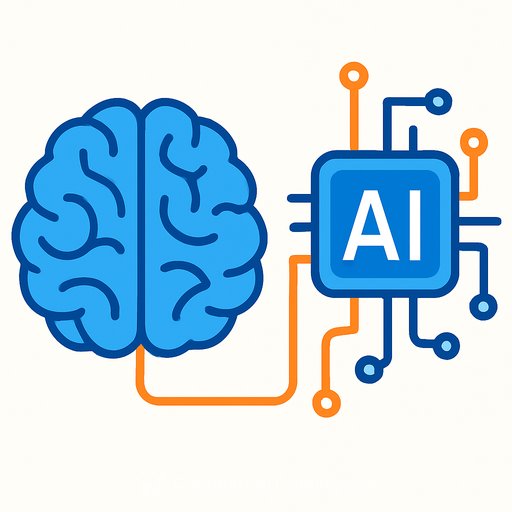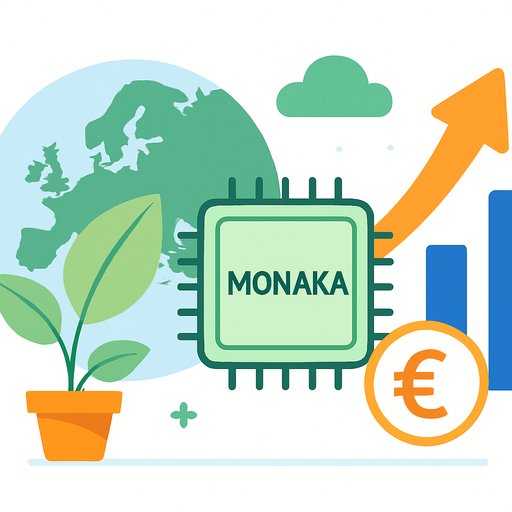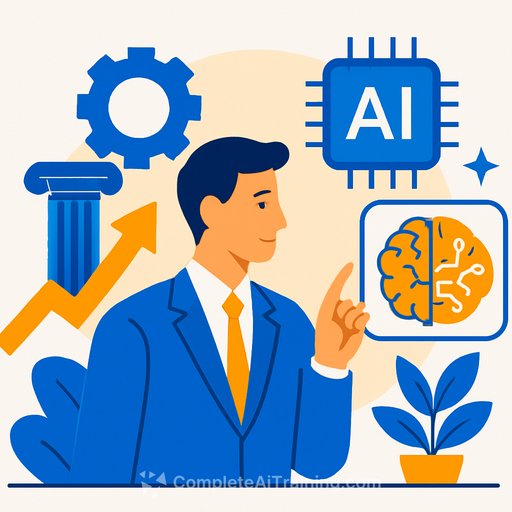US inks $1B deal with AMD for two supercomputers: Why this matters for AI, product teams, and research
The US government is investing $1 billion with AMD to build two high-performance supercomputers. The goal: speed up breakthroughs in nuclear fusion, cancer treatment, and national security modeling. Think faster cycles for simulation, AI training, and decision support on problems that demand extreme compute.
Energy Secretary Chris Wright and AMD CEO Lisa Su announced the partnership, calling the systems critical infrastructure. The machines are built to handle models and datasets that outgrow traditional clusters, closing the gap between theory, simulation, and real-world testing.
What's different about these systems
These aren't general-purpose servers-they're GPU-accelerated systems tuned for physics-based simulation and AI side by side. Expect workflows that mix PDE solvers, surrogate models, and reinforcement learning to shrink iteration time from months to days. That shift changes how you plan experiments, run design-of-experiments, and validate results.
For teams, this means higher-fidelity digital experiments become feasible earlier. You can test more ideas, kill the weak ones faster, and double down on designs that show promise-before you spend on physical trials.
Where the government says impact lands first
- Nuclear fusion: Better plasma control and scenario testing, with AI-guided optimization on top of large-scale simulation. Leaders expect a step-change in speed over the next few years.
- Nuclear stockpile management: More accurate virtual testing, materials modeling, and reliability analysis without live detonations.
- Cancer R&D: Molecular simulations plus AI to narrow drug candidates and personalize treatment strategies faster than bench-only discovery.
Why this is big for AI practitioners
- AI + simulation converge: Surrogate models cut runtime by orders of magnitude, then plug back into high-fidelity sims for verification. This loop speeds discovery and reduces compute waste.
- Vendor diversification: AMD's footprint grows, which can ease supply constraints and reduce single-vendor risk. Portability becomes a strategic requirement, not a nice-to-have.
- Software stack maturity: Expect continued improvements in AMD's ROCm ecosystem and compiler toolchains, better PyTorch/JAX support, and more open-source kernels optimized for AMD GPUs.
- Bigger, cleaner datasets: Large-scale synthetic data from simulation will improve domain-specific models in fusion, materials, and biopharma.
What this means for your roadmap
- Prioritize portability: Keep core kernels in HIP/OpenMP offload or frameworks that target multiple backends. If you're CUDA-heavy, start a hipify track and build CI to test both paths.
- Tune for mixed workloads: Design pipelines where simulation generates training data, AI proposes candidates, and high-fidelity sims validate-automate the loop.
- Plan for I/O and scheduling: Profile storage throughput, checkpointing, and job orchestration (e.g., Slurm + Apptainer/Singularity). Bottlenecks here erase GPU gains.
- Invest in numerical rigor: Define error bounds for surrogate models and set acceptance thresholds before you replace parts of the sim stack.
- Build a small ROCm testbed: Validate kernels, libraries, and drivers early. Document performance deltas and fix blockers before larger migrations.
- Security and compliance: For sensitive work, design air-gapped or controlled environments with reproducibility and audit trails built in.
Context and near-term expectations
Officials say these systems will "supercharge" work in fusion, defense technologies, and pharma discovery by compressing research timelines through advanced modeling and AI. Wright projected practical pathways to fusion energy within two to three years, reflecting confidence in the impact of scaled compute on plasma control and system design.
Even if you won't touch these exact supercomputers, the downstream effects matter: better open tooling, more portable code, and a stronger ecosystem around AMD hardware. The practical move now is to de-risk your stack and get your team fluent across GPU platforms.
Helpful resources
Upskill your team
If you lead R&D or platform teams and need to get people fluent in AI workflows, see our AI courses by job and training mapped to leading AI companies. Focus on GPU fundamentals, model efficiency, and workflow automation.
Your membership also unlocks:










